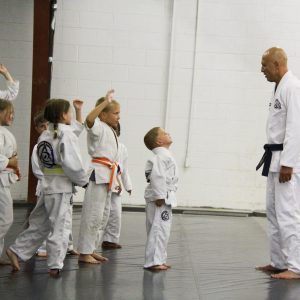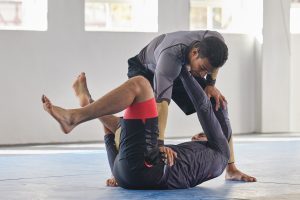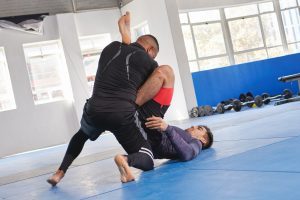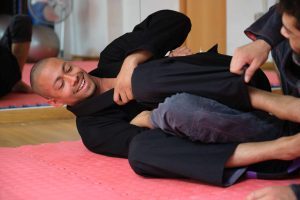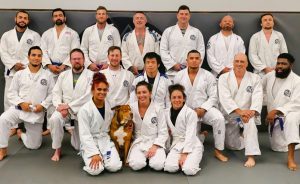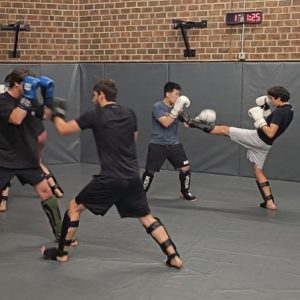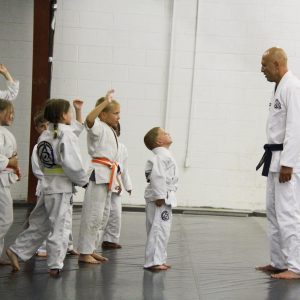Starting your jiu jitsu journey can be both thrilling and a bit daunting. Whether you’re searching for jiu jitsu classes nearby or gearing up for your initial session, grasping the flow, etiquette, and essential gear will help ensure your success. Leveraging reliable BJJ resources and expert advice, here’s your all-inclusive guide to effective and informed training.
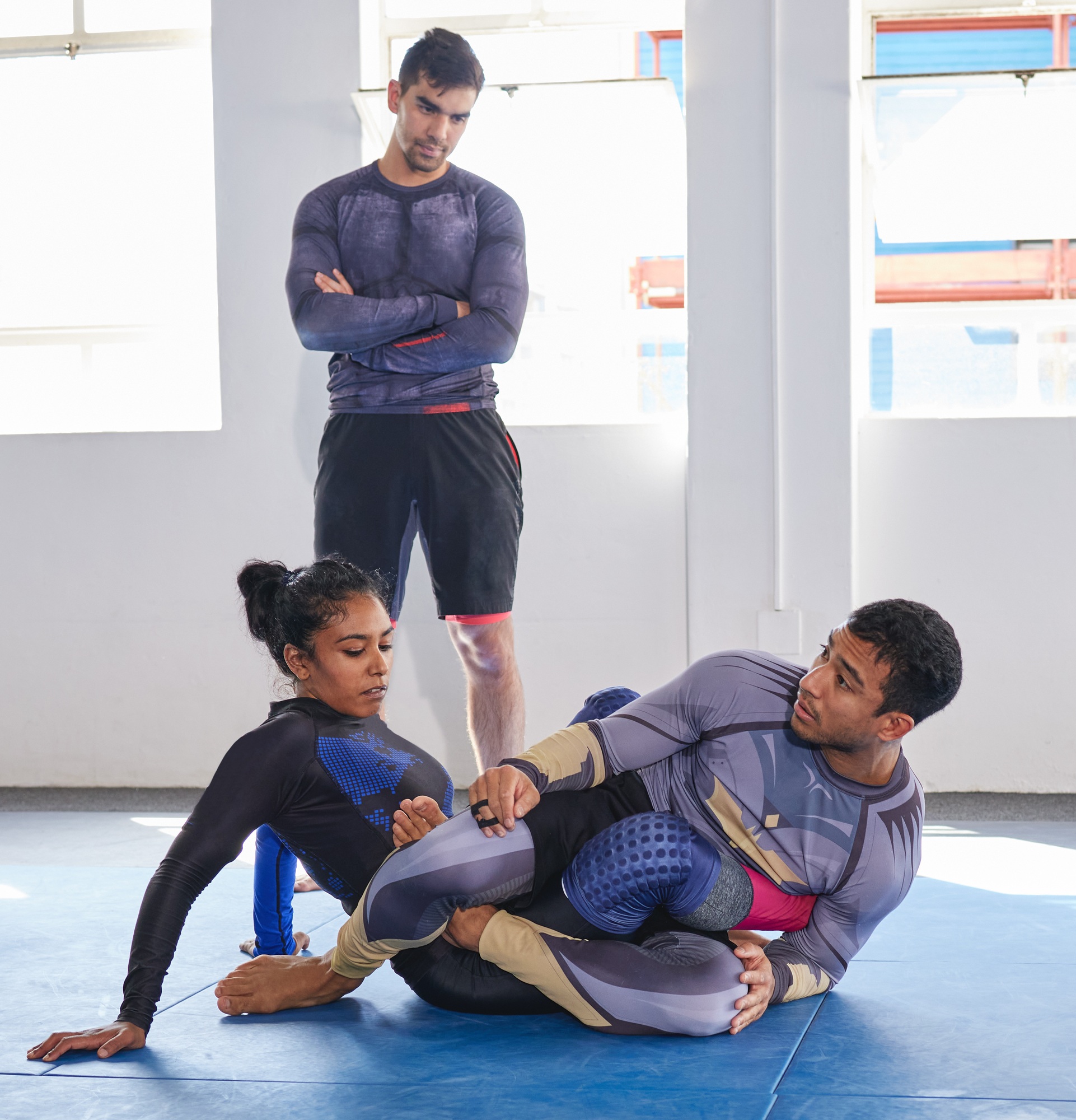
What to Expect in a BJJ Class
A typical beginner jiu jitsu training session runs 60–90 minutes and includes:
Warm-up: jogging, shrimping, hip escapes, and movement drills.
Technique Instruction: breakdowns of basic moves—guard, mount, side control, escapes, submissions.
Partner Drills: guided repetition with another student; beginners often paired with higher belts.
Rolling (Sparring): light live training where you apply moves in dynamic situations.
Cool‑Down or Q&A: debrief, tap etiquette, and respectful end‑of‑class gestures.
Training builds resilience, confidence, physical fitness, and mental focus. The social bonds and respectful culture often become lifelong supports.
Gi vs. No‑Gi: What Gear Do You Need?
BJJ Gi
A traditional gi includes a jacket, pants, and belt—typically white, blue, or black. It’s made for durability, grip, and rank identification.
Training in a gi helps develop grip strength, posture control, and technical grips-based submissions.
No‑Gi Training
uses compression shorts and rash guards in place of a gi. It promotes agility and faster pace with fewer grip options.
Most academies recommend training in both styles—each enhances different aspects of your jiu jitsu training.
Building a Sustainable Training Schedule
If you’re just starting jiu jitsu training:
Begin with 2–3 sessions per week and increase as your schedule and recovery allow.
Tracking four-week blocks helps you balance consistency with flexibility.
Nutrition, sleep, and active recovery days are essential—especially at higher volumes.
Why This Training Structure Works
Consistency over intensity helps beginners avoid burnout while making steady gains.
Quality of training, not simply hours, leads to better skill retention—focus on technique and feedback.
Supportive gyms with clean mats, respectful etiquette, and welcoming membership make training enjoyable and sustainable.
Smart Tips for Your Jiu Jitsu Training Journey
Set realistic goals: fitness, self-defense, competition, or lifelong learning.
Choose classes that match your availability and momentum.
Invest in a proper gi and rash guard suited to your training style.
Tap early—not strong—and always prioritize safety.
Engage with peers and instructors: ask questions and drill together frequently.
Final Thoughts & Conclusion
Starting a jiu jitsu training program is a life-changing experience that may affect every aspect of your life, not just learning a martial art. Don’t wait to transform your routine.
Get started with world-class jiu jitsu training—click below to schedule your first class!


